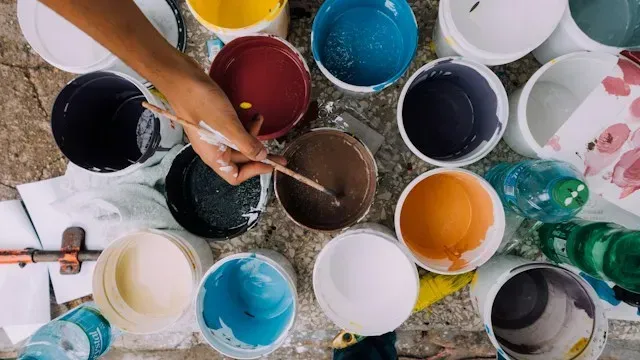
Art Therapy Activities for Teens
Explore Art Therapy Activities for Teens to foster emotional growth, self-expression, and mental wellness through artistic activities for your young clients.
Get carepatron free
Commonly asked questions
Art therapy ideas provide a safe and supportive environment for teens to engage in creative expression. Through various artistic mediums, teenagers can express emotions more freely than they might through verbal communication alone. This process encourages creativity and allows emotions to flow naturally, helping teens develop new ways to communicate their feelings and experiences.
Art therapy can be effectively combined with other therapeutic approaches, including music therapy. Many art therapists incorporate elements of music, movement, or drama into their sessions to enhance the overall therapeutic experience. This multi-modal approach can further stimulate creativity and provide additional avenues for self-expression and emotional exploration.
Art therapy offers alternative ways for teens to express themselves beyond verbal communication. Art therapy ideas help teenagers convey complex emotions and experiences that may be difficult to put into words. This process helps develop nonverbal communication skills and can serve as a bridge to improve verbal communication.
Yes, art therapy can significantly boost self-esteem in teenagers. The creative process of making art allows teens to explore their strengths, develop new skills, enhance creative expression, and gain a sense of accomplishment.
As they see their artistic abilities improve and receive positive feedback from their art therapist and peers, teens often experience increased confidence and self-worth. This improved self-esteem can positively impact various aspects of their lives, including social interactions and academic performance.







